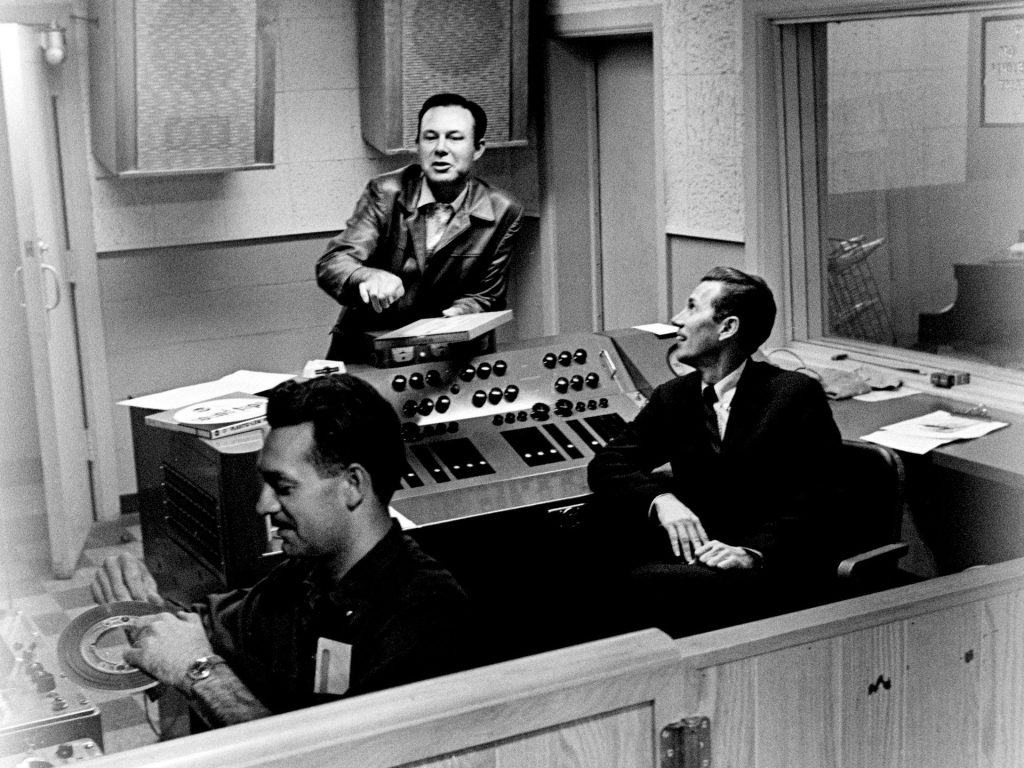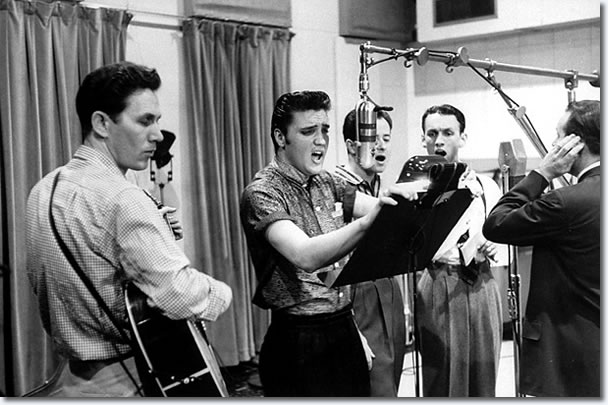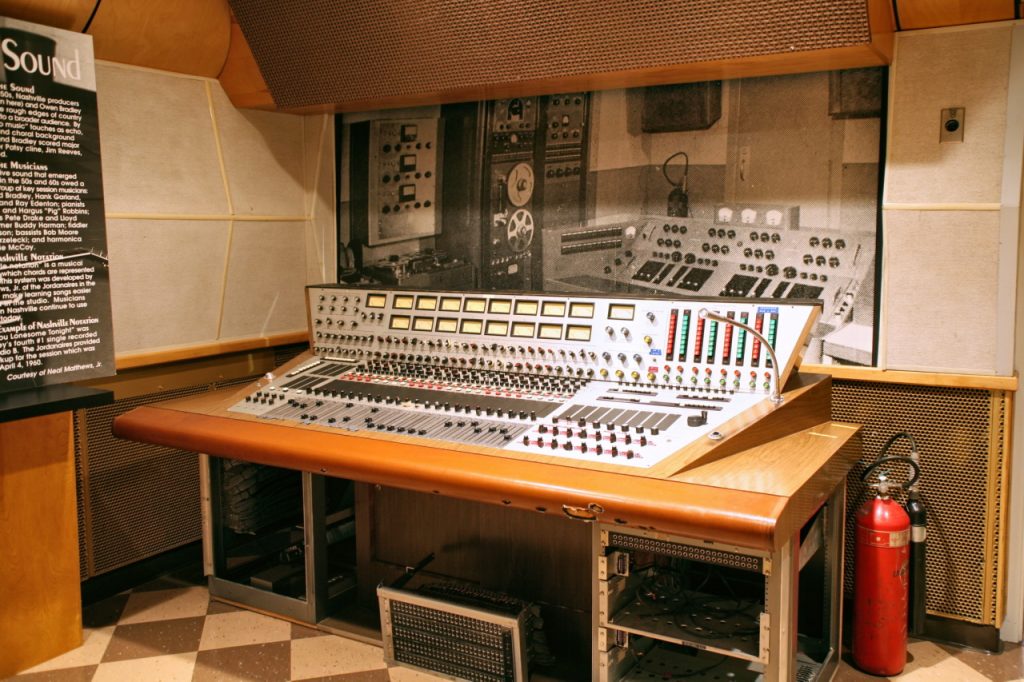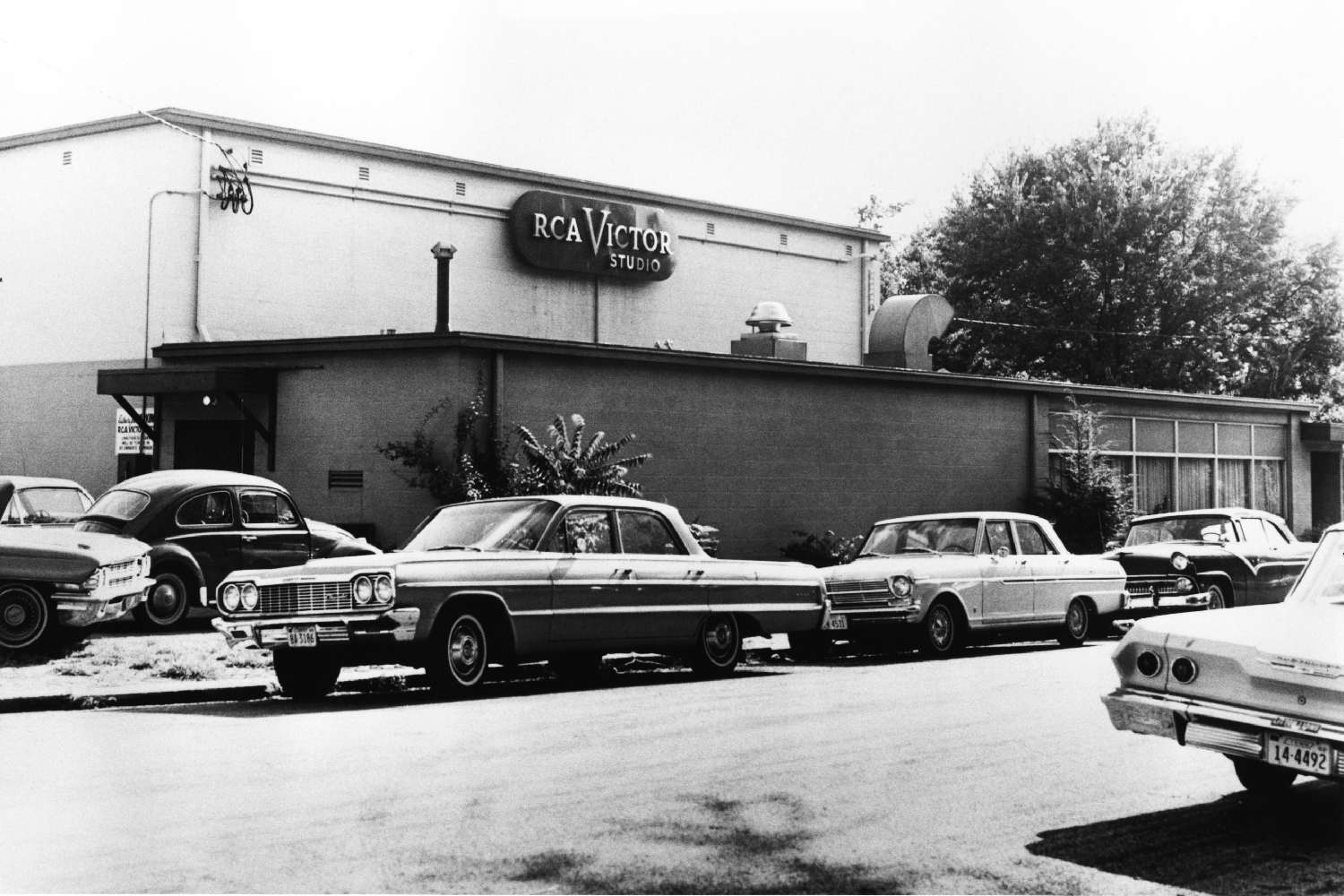Revisiting the iconic sound that gave birth to hits from Elvis Presley, Don Gibson, Roy Orbison, and more!
Music does not and should not stand still; instead it follows a continual arc, complete with sidesteps, repetitions and leaps, pushed forward by a combination of innovations and happy accidents. The early 1950s saw the emergence of a new style of pop, gospel and blues that became known as rock’n’roll, a form that would grow to consume the pop charts and impact the sales of those that had occupied that space previously.
Country music was one such industry that found itself suddenly out of step, necessitating something new to regain the record buying public’s attention. What emerged was a series of releases out of Nashville’s RCA Victor studios produced by Chester Burton ‘Chet’ Atkins and the pioneering engineer Bill Porter that became known as ‘the Nashville sound’, and caused country music to become a greater commercial enterprise than ever before.
We’re taking a little break here at Mixdown and are reposting some old favourites of ours, this article was originally published August 16, 2018.
Read up on all the latest features and columns here.

Atkins began his musical career as a guitarist, developing a finger-picking style that utilised his first three fingers with his thumb used for the bass strings. He was signed by Stephen Sholes, the A&R director of country music, in 1947 and moved to Nashville while backing the Carter Family in the mid-‘50s, during which time he scored several hit singles such as ‘Mr. Sandman’ and ‘Silver Bell’, and became a design consultant for Gretsch.
In 1955, Sholes also signed a 20-year-old Elvis Presley to RCA, buying out his contract from Sun Records for an unprecedented US$40,000. The following year saw the release of Elvis Presley, which began a successful commercial run of 15 charting singles produced for the King that resulted in Sholes’ promotion to RCA’s pop singles manager. He was also able to convince the label to build a new recording studio, of which Atkins was placed in charge.
In an attempt to modernise the music being recorded in Nashville to appeal to the charts, Atkins, along with fellow producer Bob Ferguson, assembled a house band that eliminated the fiddles and honky-tonk piano that had previously been arrangement staples of country music, and simultaneously took writing and arrangement cues from ‘50s pop music.

Lush strings and layers of backing vocals were added to create a smooth but powerful sound, with the previously favoured vocal twang being replaced by a crooner singing style, quickly leading to crossover pop hits such as Jim Reeves’ ‘Four Walls’ and Don Gibson’s ‘Oh Lonesome Me’ and ‘Lonesome Old House’. The sessions for the latter artist were among the first to be mixed by new recruit Bill Porter, who became the chief engineer for Atkins. Porter’s innovations included personally cutting and hanging pieces of fibreglass from the studio’s ceiling to combat resonant frequencies, the acoustic panels soon dubbed Porter Pyramids after the shape in which he cut them.
Another hallmark of the Nashville sound that added to its commercial appeal was the richness and brightness achieved thanks to Porter’s creation of a dedicated echo chamber. He took a utility room that contained a reverb plate and tightened the ten springs to an unusual degree in order to increase the audio signal being sent to the plate, resulting in a much fuller and cleaner effect.
The smoother sound coming out of RCA was soon being replicated by Columbia and Decca Records, resulting in hits for Patsy Cline, Tammy Wynette, and Loretta Lynne. Somewhat ironically, it was also responsible bringing rock n’ roll singers, such as Buddy Holly and Gene Vincent, to Nashville looking for a pop hit.

After a two year stint serving in the U.S. Army, Presley returned to RCA and recorded several number one singles with Porter in 1960, including ‘Stuck on You’, ‘It’s Now or Never’ and ‘Are You Lonesome Tonight?’. Bucking conventional wisdom, Porter chose not to use the RCA ribbon mics that were favoured for vocalists, instead placing the RCA 77-D on the kick drum and using a Telefunken U47 to capture Presley’s rich baritone. The results spoke for themselves, with Porter becoming one of Presley’s favourite engineers and subsequently being used to mix every Presley live show from 1969 onwards.
Porter’s preference for condenser microphones became an integral part of the increasingly dynamic Nashville sound, which also lured Roy Orbison in 1960. Porter’s melodic emphasis of pushing Orbison’s backing vocalists’ voices far forward in the mix for dramatic effect became the singer’s trademark sound, resulting in a string of major hits including ‘Only the Lonely’, ‘Running Scared’ ‘In Dreams’ and ‘Oh, Pretty Woman’.
Porter left RCA due to a contractual dispute in 1964, taking several clients with him. Despite Atkins’ success with signing artists such as Dolly Parton, Willie Nelson, Bobby Bare, and Waylon Jennings, he later lamented to his biographer John McClellan that after Porter “the sound was never the same, never as great”.
By the late ‘60s and early ‘70s, the Nashville sound fell out of fashion and its emphasis on pop song structures grew into what was later referred to as the ‘countrypolitan’ sound; the string-soaked productions pioneered by producer Billy Sherrill for artists such as Tammy Wynette and Glen Campbell.
Seen as a country version of Phil Spector’s wall of sound technique, this fairly unsubtle production approach dominated country music in the ‘70s and contributed to the birth of the tougher and more natural sounding ‘outlaw country’ from artists such as Willie Nelson and Waylon Jennings. Today that arc continues, with its curious sidesteps, twists and great leaps forward.

Check out four session guitarist icons you need to know about right now.

